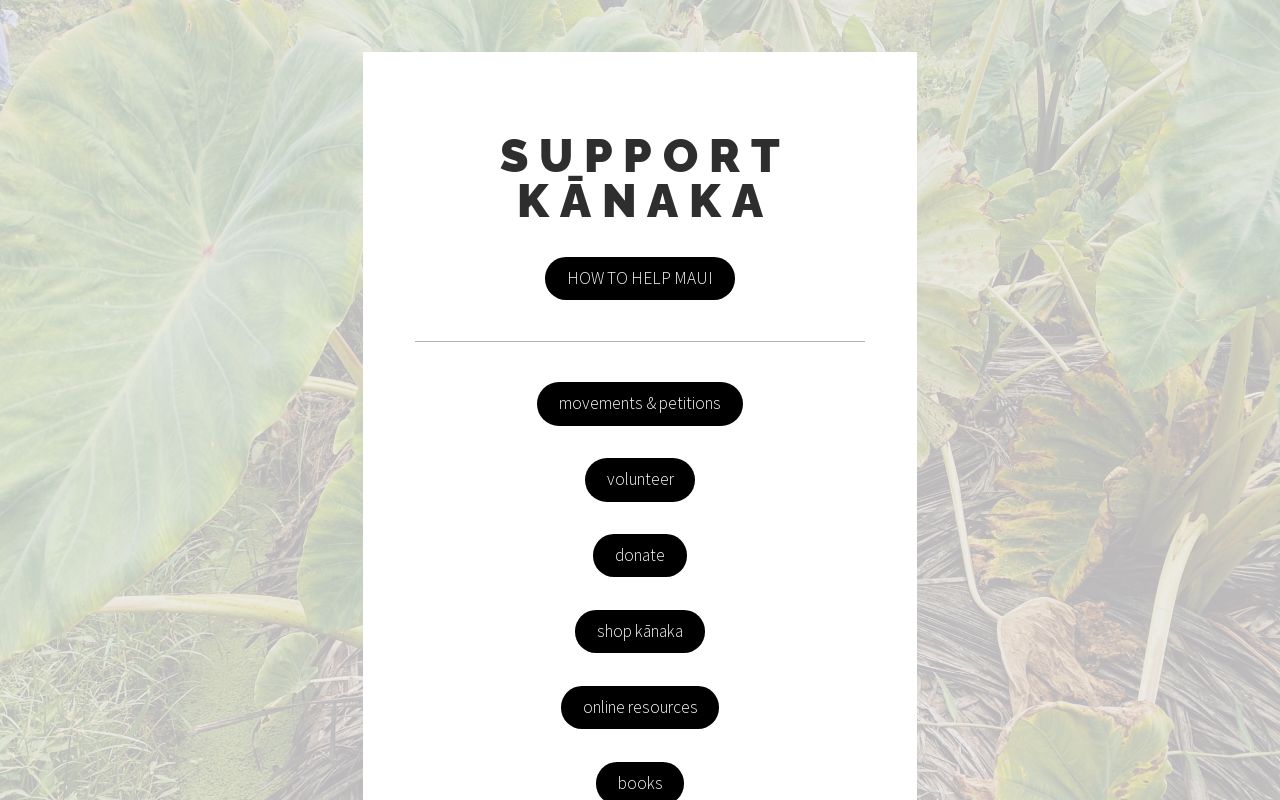- Currently Puerto Rico
- Posts
- Currently en Puerto Rico — 17 de agosto, 2023: Aumentarán las lluvias
Currently en Puerto Rico — 17 de agosto, 2023: Aumentarán las lluvias
El tiempo, currently.

Sigue el calor pero aumentará la lluvia
La actividad de lluvia aumentará a medida que nos acercamos al fin de semana debido a una onda tropical débil. El jueves será un día de transición de tiempo seco a tiempo más lluvioso. Aguaceros dispersos afectarán la costa norte y este a lo largo del día, mientras que el oeste-suroeste verá aguaceros y tronadas por la tarde. Aún así, habrá mucho sol y se espera que el calor excesivo continúe el jueves. Es probable que haya una Advertencia de Calor para la mayor parte de la isla, con las temperaturas aparentes más altas en las secciones centro-norte, noroeste, oeste, suroeste y centro-sur de Puerto Rico. Un Aviso de Calor Excesivo también aún es posible para estas áreas. Aunque varias ondas tropicales están siendo vigiladas por el Centro Nacional de Huracanes en Miami, ninguna de las perturbaciones afectaría a Puerto Rico directamente.
—John Toohey-Morales
What you need to know, currently.
Hurricane Hilary is expected to make a rare trek northward across the US-Mexico border this weekend, bringing the potential for catastrophic flooding.
The latest GFS model (below) shows the remnants of a much-weakened Hurricane Hilary could bring up to 10 inches of rain to the deserts of southern California by Tuesday.
That’s a lot of rain for an area that gets almost none.
In the Coachella-Imperial Valley, the area near Palm Springs and the Salton Sea, average yearly rainfall is about 3-5 inches. That means Hilary is expected to produce about 2-3 years of rainfall in about 3 days.

The last time something like this happened, it wasn’t pretty. In 1976, the remnants of Hurricane Kathleen produced nearly 15 inches of rain on the southward-facing slopes of the Coachella Valley, creating a wall of water as high as 40 feet through normally dry streambeds, washing away homes, roads, and irrigated fields along the way.
As you might guess, hurricanes are quite rare in Southern California, but happen most frequently during El Niño years — like 2023. Climate change caused by fossil fuel burning is also a culprit here: a warmer atmosphere can hold more water vapor, thus making torrential rainstorms more likely.
What you can do, currently.
The fires in Maui have struck at the heart of Hawaiian heritage, and if you’d like to support survivors, here are good places to start:
The fires burned through the capital town of the Kingdom of Hawaii, the ancestral and present home to native Hawaiians on their original unceded lands. One of the buildings destroyed was the Na ‘Aikane o Maui cultural center, a gathering place for the Hawaiian community to organize and celebrate.
If you’d like to help the community rebuild and restore the cultural center, a fund has been established that is accepting donations — specify “donation for Na ‘Aikane” on this Venmo link.
Nā ‘Āikane O Maui Cultural Center has burnt down. It was a gathering place for Cultural Groups & Kīpuka for our Lāhui - everyone was fed & no one was ever charged. Cultural artifacts, and a safe gathering and educational space for our people has been lost. #Lahaina#LahainaFire/
— Oʻahu Water Protectors (@oahuWP)
8:20 PM • Aug 9, 2023

